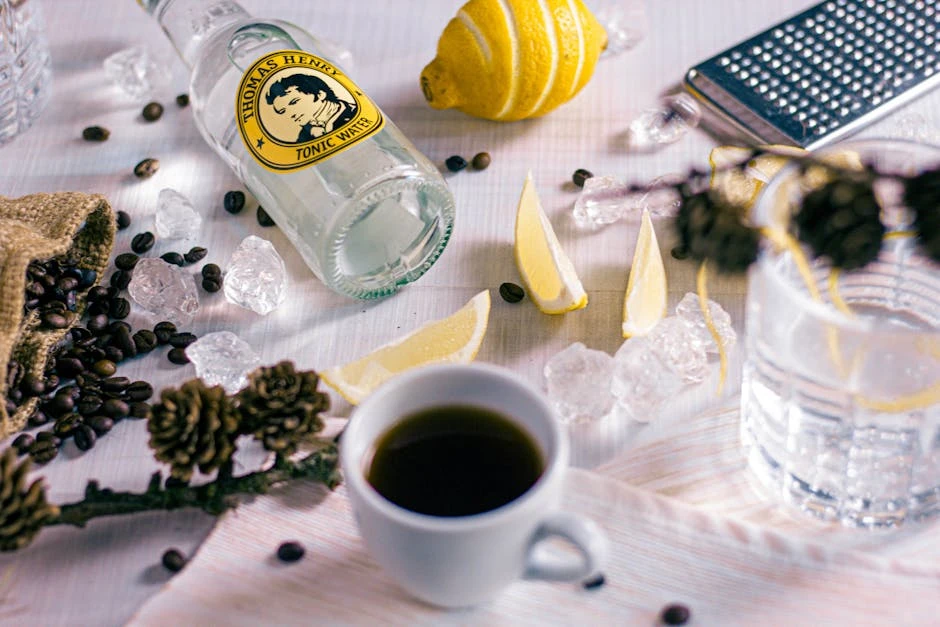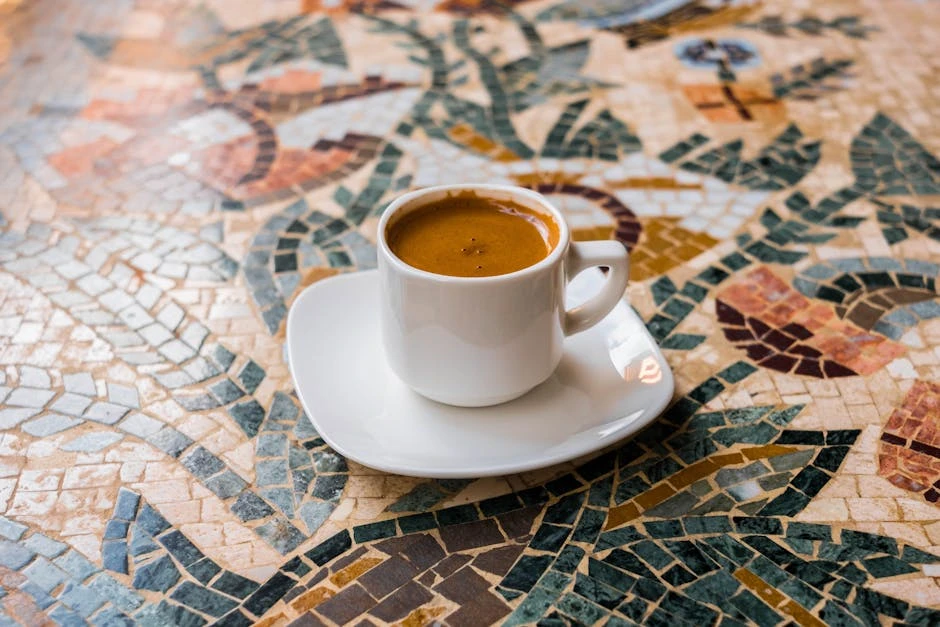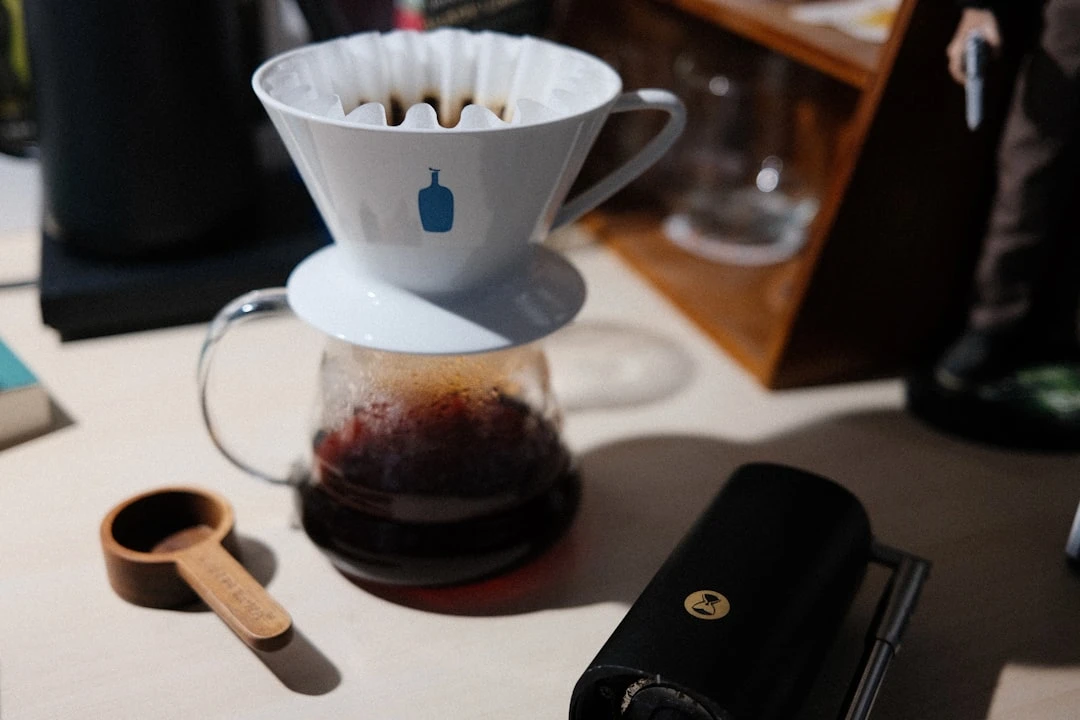Freddo Espresso: Greek Iced Coffee That'll Change Your Summer Game
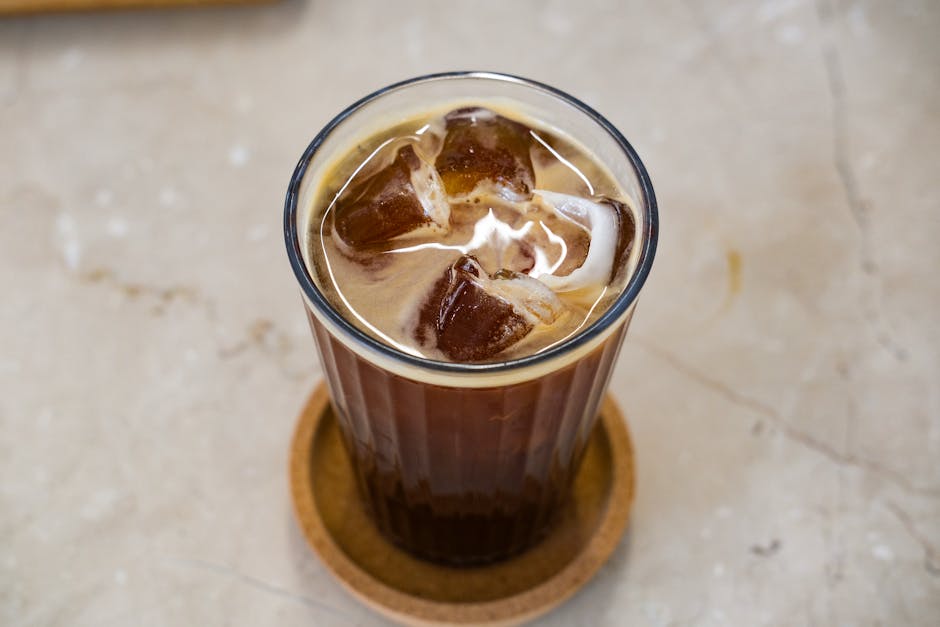
You know that moment when you're sweating through a scorching summer day and regular iced coffee just isn't cutting it? Yeah, I've been there too many times to count. That's actually how I stumbled upon Freddo espresso during a trip to Athens three summers ago – and let me tell you, it completely changed my relationship with cold coffee!
95% of coffee consumed in Greece during summer is some form of Freddo. That's not just a random statistic – it's the real deal according to Greek coffee industry reports. These guys have perfected the art of cold coffee, and Freddo espresso sits right at the heart of their café culture.
What makes this Greek creation so special isn't just the refreshing kick it delivers. It's the perfect marriage of strong espresso and that signature frothy layer that somehow makes every sip feel like a mini vacation to the Mediterranean. I'm talking about a drink that's become so integral to Greek social life that ordering one wrong can raise eyebrows at local cafés!
What Is Freddo Espresso?
Freddo espresso is basically Greece's answer to iced coffee, but calling it just "iced coffee" would be like calling the Parthenon just "some old building." This isn't your typical coffee-over-ice situation that leaves you with watery disappointment halfway through.
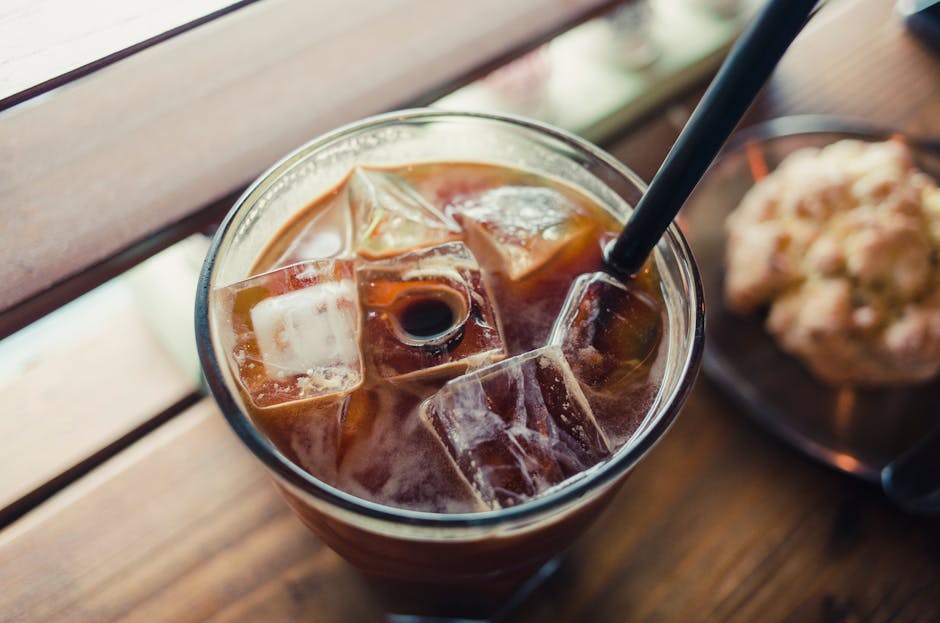
The whole Freddo movement started gaining serious momentum in Greece during the 1990s. I remember chatting with this old barista in Thessaloniki who told me how younger Greeks were looking for something more sophisticated than the traditional frappé but still refreshing enough for those brutal Mediterranean summers. And honestly? They nailed it.
What sets Freddo espresso apart is the technique. You start with a double shot of espresso that gets frothed while it's still hot – and I mean properly frothed, not just shaken around. This creates this gorgeous, creamy foam layer that sits on top of the ice. When I first tried making it at home, I totally screwed up this part and ended up with what looked like sad, deflated coffee soup.
The social aspect is huge too. In Greece, ordering a Freddo espresso isn't just about caffeine – it's about taking time. Greeks will nurse one of these for an hour while catching up with friends or people-watching. I learned this the hard way when I tried to rush through one during my first visit and got some seriously judgmental looks from locals!
The Perfect Freddo Espresso Recipe
Alright, let me walk you through making authentic Freddo espresso the way I finally figured out after probably 20 failed attempts and one very patient Greek friend who took pity on my coffee disasters.
First, you'll need an espresso machine or at least a decent moka pot. I tried using instant coffee once because I was feeling lazy – a big mistake. The flavor was so off that even my dog gave me a disappointed look. You also need a milk frother or French press, tall glasses, and good quality ice cubes.
Here's the step-by-step process that actually works: Pull a double shot of espresso (about 2 ounces) and immediately transfer it to your frothing container while it's still piping hot. This is crucial because hot espresso froths way better than lukewarm. Add about a teaspoon of sugar if you want it sweetened – most Greeks do.
Now comes the tricky part that took me forever to master. Froth that espresso for about 30-45 seconds until you get a thick, creamy foam. It should look almost like chocolate mousse when you're done. The first dozen times I did this, I either under-frothed and got thin foam that disappeared immediately, or over-frothed and created this weird, separated mess.
Fill your glass with ice cubes – and I mean really fill it, about 3/4 full. The ice quality matters more than you'd think. Those cloudy ice cubes from your freezer? They'll dilute everything too quickly. I started making clear ice cubes in advance, and it made a noticeable difference.
Pour the frothed espresso over the ice slowly, letting that beautiful foam layer settle on top. If you did it right, you'll have this gorgeous layered drink with creamy foam floating on top of dark espresso and ice below.
Freddo Espresso vs Other Iced Coffees
I used to think all cold coffee drinks were basically the same until I really dove into the differences. Boy, was I wrong! Freddo espresso has this unique character that sets it apart from everything else in the iced coffee world.
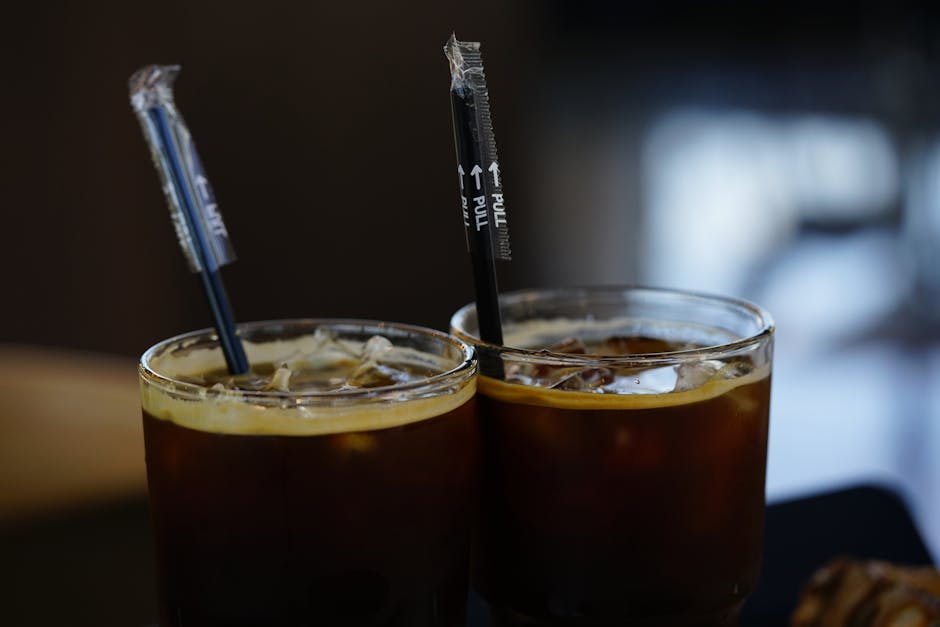
The main difference between Freddo espresso and regular iced coffee is that foam layer. Regular iced coffee is just hot coffee poured over ice, which immediately starts diluting and getting watery. With Freddo, that frothy espresso layer acts like a protective barrier, keeping the flavors concentrated while still giving you that cold refreshment.
Compared to Greek frappé, which is made with instant coffee, freddo espresso has this deeper, more complex flavor profile. Frappé is definitely more accessible since you can make it anywhere with just instant coffee and a shaker, but Freddo espresso has that authentic espresso richness that instant just can't match. I actually prefer frappé for casual afternoon drinks, but when I want something that feels more sophisticated, freddo espresso wins every time.
Cold brew is probably the closest competitor, but it's a completely different experience. Cold brew is smooth and mellow because of the long extraction process, while Freddo espresso is bold and intense with that immediate espresso punch. Cold brew takes 12-24 hours to make properly, while Freddo espresso is ready in minutes when you need that instant gratification.
The taste profile of Freddo espresso is what really gets me. You get that initial hit of creamy foam, followed by the intense espresso flavor, and then the cooling effect of the ice. It's like drinking three different experiences in sequence, which sounds weird but somehow works perfectly.
Best Coffee Beans for Freddo Espresso
After trying probably 30 different coffee beans over the past few years, I've got some strong opinions about what works best for Freddo espresso. This isn't just theoretical stuff – I'm talking about beans I've actually tested and either loved or regretted buying.
Greek coffee brands like Bravo or Loumidis are obviously the authentic choice, but they're not always easy to find outside of Greece. When I can get them, they're absolutely perfect because they're specifically blended for Greek coffee culture. The flavor profile is designed for both hot and cold preparation, with that characteristic boldness that doesn't get lost over ice.
For more accessible options, I've had great success with medium-dark Italian espresso blends. Lavazza Super Crema works surprisingly well, and it's available at most grocery stores. The key is looking for blends that mention "espresso" on the package and have tasting notes that include chocolate or nutty flavors rather than floral or fruity ones.
Roast level is crucial, and I learned this through some expensive mistakes. Light roasts taste too acidic and bright when served cold – they just don't have the body to stand up to ice dilution. Dark roasts can work, but they sometimes get bitter when frothed aggressively. That sweet spot is medium to medium-dark roast, where you get complexity without overwhelming acidity or bitterness.
Grind size matters more than I initially thought. I used to just use whatever grind setting seemed right for espresso, but Freddo espresso actually benefits from a slightly finer grind than regular espresso. This gives you more extraction in that short brewing time, which helps the flavor survive the ice and frothing process.
Storage is something I completely overlooked at first and paid for with stale-tasting coffee. Keep your beans in an airtight container away from light and heat, and try to use them within two weeks of opening. I learned this after wondering why my Freddo espresso started tasting flat after a month of using the same bag of beans.
Making Freddo Espresso Without Expensive Equipment
Not everyone has a fancy espresso machine, and honestly, I didn't have one for the first year I was making Freddo espresso. Let me share the budget-friendly workarounds I discovered through trial and error – some successful, others hilariously disastrous.
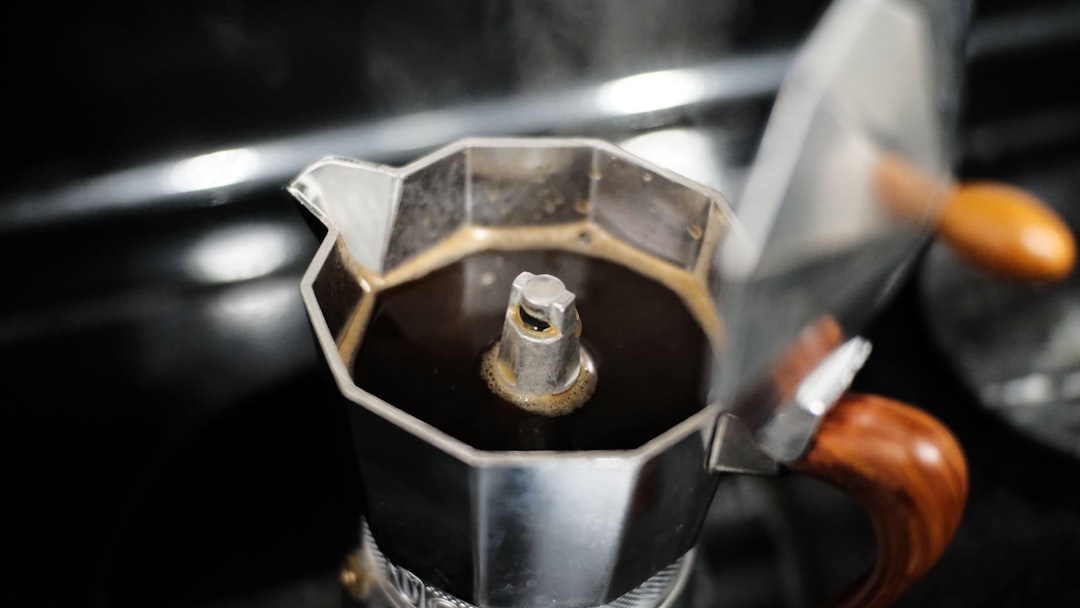
A moka pot is your best friend if you don't have an espresso machine. It won't give you true espresso, but it produces strong enough coffee that works beautifully for Freddo. I use a 3-cup moka pot and make it extra strong by using slightly more coffee than usual. The key is getting that concentrated coffee flavor that won't disappear when you add ice.
For frothing without an electric frother, I've tried everything from French presses to mason jars. The French press method actually works pretty well – pour your hot coffee into the French press, add a tiny bit of sugar if you want, and pump that plunger up and down vigorously for about 30 seconds. You won't get the same perfect foam as with a proper frother, but it's definitely serviceable.
The mason jar technique is more portable but requires some serious arm workouts. Pour hot coffee into a jar, screw the lid on tight, and shake like your life depends on it for about a minute. I've made some pretty decent Freddo espresso this way during camping trips, though I probably looked ridiculous shaking a jar like I was trying to summon coffee spirits.
Ice solutions get creative when you're working with limited resources. I've made Freddo espresso with everything from regular ice cubes to frozen coffee cubes (which actually work great for preventing dilution). One time I was desperate and used frozen grapes – don't ask me why I thought that would work, but it was definitely an interesting flavor experiment that I won't be repeating.
For travel situations, I've figured out a system using a small French press, pre-ground coffee, and a thermos. It's not perfect, but it lets me make something close to Freddo espresso even in hotel rooms or vacation rentals without proper equipment.
Conclusion
Freddo espresso isn't just another coffee trend that'll disappear next season – it's a legitimate game-changer for anyone who loves coffee but struggles with hot drinks during the summer months. The Greeks really knew what they were doing when they perfected this technique, creating something that's both refreshing and satisfying without sacrificing that espresso intensity we all crave.
What I love most about Freddo espresso is how customizable it is once you master the basics. Some days I make it stronger when I need extra caffeine, other times I experiment with different syrups or even a splash of cold milk for variety. The foundation technique stays the same, but there's room for personal touches that make each cup your own.
Remember that getting the perfect Freddo espresso takes practice, and don't get discouraged if your first few attempts don't look like something from a Greek café. I probably made 50 mediocre ones before I started consistently producing drinks I was actually proud to serve to friends. The frothing technique is definitely the trickiest part, but once you get the hang of it, everything else falls into place.
If you're dealing with scorching summer heat and regular iced coffee just isn't cutting it anymore, give Freddo espresso a serious try. Your taste buds will thank you, and you might just find yourself joining the ranks of people who can't imagine summer without this Greek coffee masterpiece.
